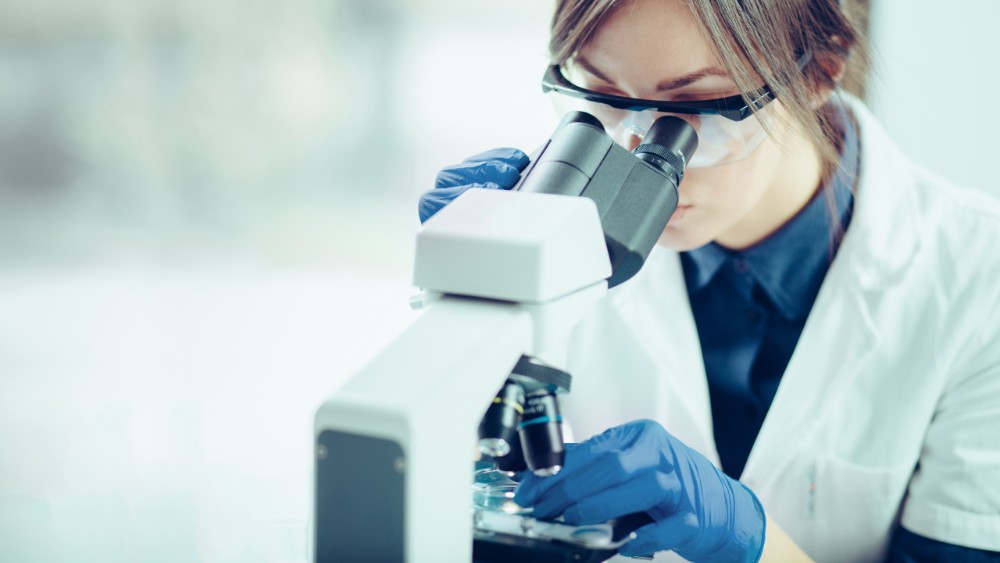UOW Researchers collaborate with more than 70 organisations to fight Antimicrobial Resistance

The University of Wollongong (UOW) will be a research partner in the newly established Collaborative Research Centre for Solving Antimicrobial Resistance in Agribusiness, Food and Environments. (CRC SAAFE)
Antimicrobial Resistance (AMR) is a growing concern for all countries and poses a global threat to food security, health and economies. The World Bank has identified containing antimicrobial resistance as one of the highest-yield development investments available to countries today.
Antimicrobials prevent and treat infections caused by bacteria, fungi and viruses. When microorganisms develop resistance to antimicrobials it renders the treatments ineffective.
If not controlled, AMR could cost the Australian economy up to A$283 billion annually by 2050 and poses a significant challenge to global health.
CRC SAAFE, a collaboration between more than 70 organisations that cross industries and sectors, will develop shared solutions to monitor, manage and mitigate the spread of AMR.
The research program has received $35.4 million in Federal Government funding and $112 million in cash and in-kind contributions from partner organisations.
UOW's participation in this large national program is a result of research efforts that began several years ago and brought together the University's researchers across disciplines with local partners in the health care, agricultural and environmental sectors.
Distinguished Professor Antoine van Oijen, Director of UOW's Molecular Horizons institute and one of the founders of the Wollongong Antimicrobial Resistance Research Alliance (WARRA), said it's an important program to be involved in.
"It is great to see that our regional efforts in bringing multiple sectors and stakeholders together to address the problem of antimicrobial resistance is rewarded with our participation in this important national program," Professor van Oijen said.
"Antimicrobial resistance is a very complex issue and one of society's major 21st century health challenges. Only working together across sectors will allow us to tackle this problem."
Dr Bethany Hoye, from the School of Earth, Atmospheric and Life Sciences and the Illawarra Health and Medical Research Institute, said that the CRC SAAFE aims to protect productivity across many industries by maintaining the effectiveness of antimicrobials.
"There is growing industry interest in building circular economies - where producers recycle inputs and outputs of their operations and minimise negative emissions into the environment," Dr Hoye said.
"As part of the CRC SAAFE we will promote the consideration of microbes to be included in circular economy planning.
"Organisms don't grow in isolation. The wildlife I study roam the bush, grazing lands, water treatment plants, aquiculture farms, and microbes are along for the ride.
"We are looking closely at antimicrobial resistance genes and how they are transferring between microbes. The aim of the CRC SAAFE is to leverage knowledge across industries and academia.
"For example, findings from wildlife research may prove useful in viticulture."
CRC SAAFE includes more than 70 partners including major universities in each state and a consortium of partner organisations from multiple industries including aquaculture, horticulture, livestock, feed and technology, water utilities, waste recyclers, regulatory authorities, and government agencies.






